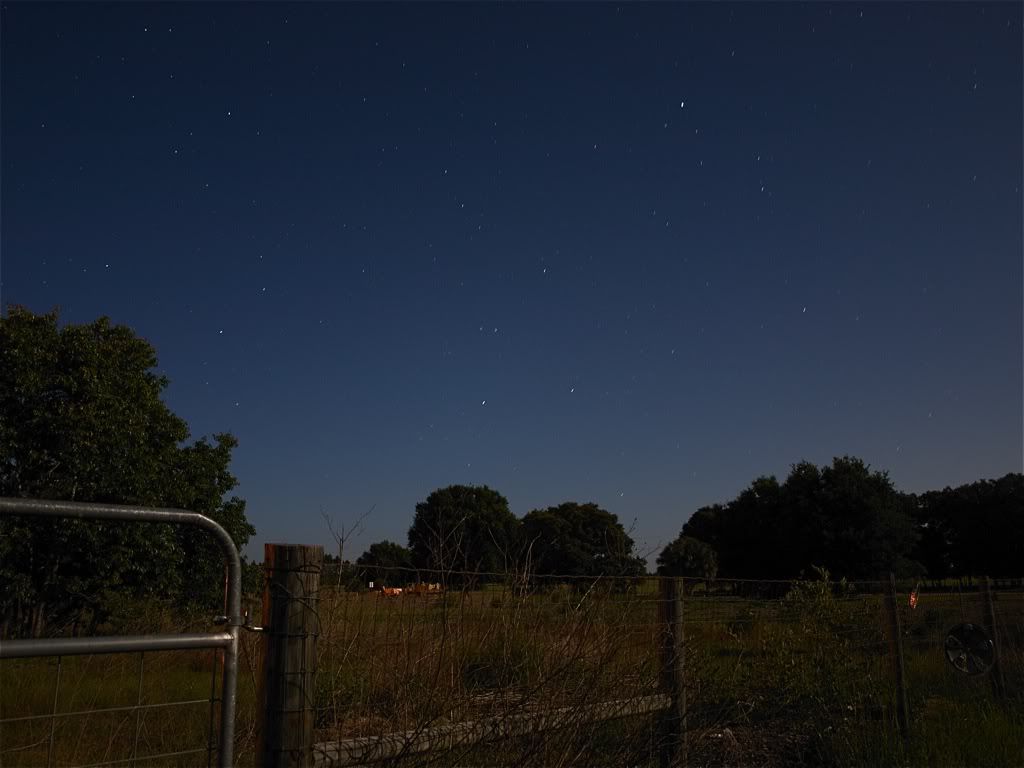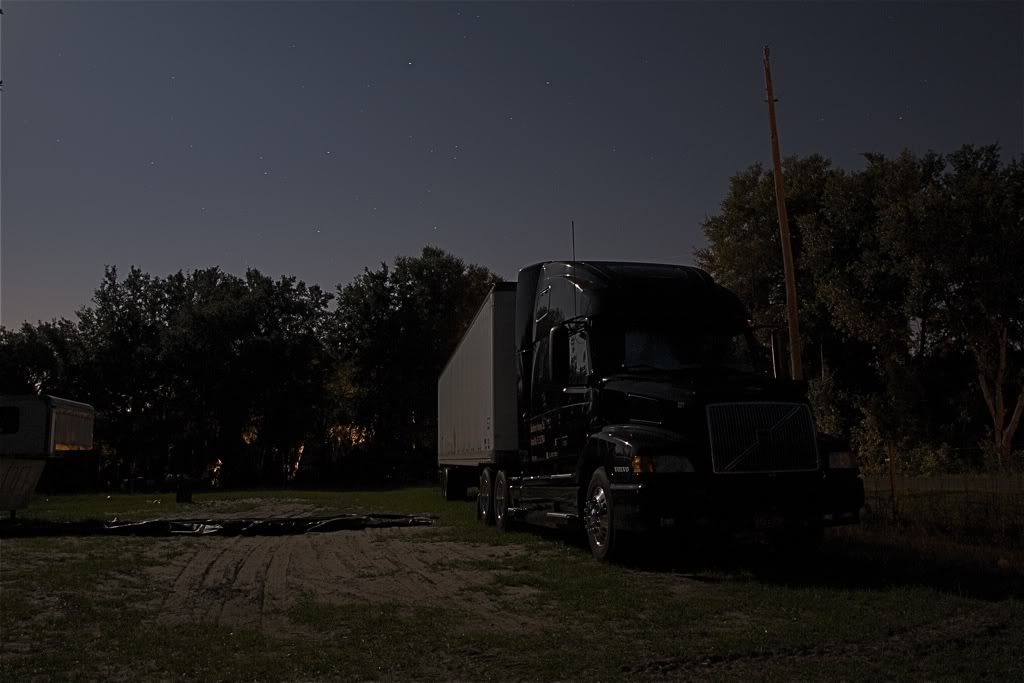Hjortsberg
Well-known
the bulb feature?
got a tripod and a release cable and was doing night photography for the first time.
got a tripod and a release cable and was doing night photography for the first time.
I take a light meter reading and adjust for long exposures reciprocity failure. For timing, I just count "one thousand one, one thousand two,.... )



